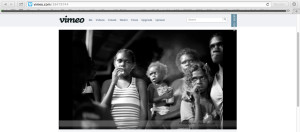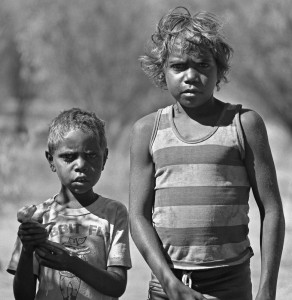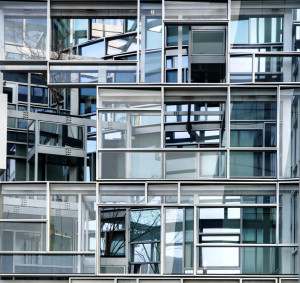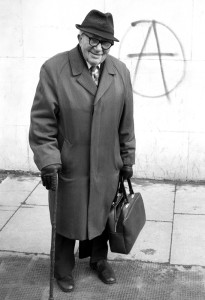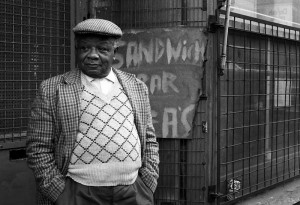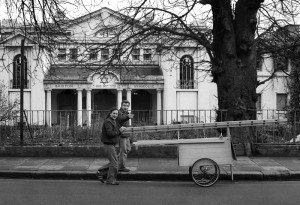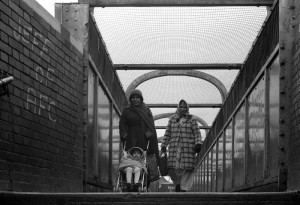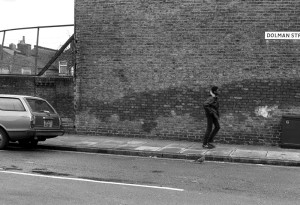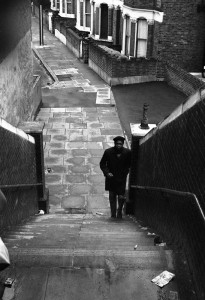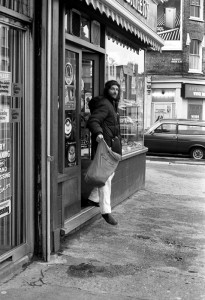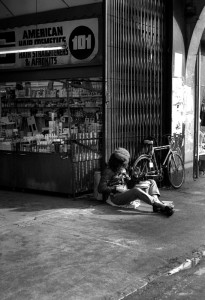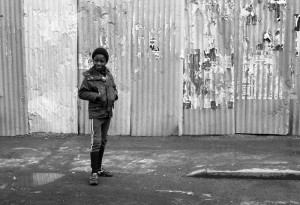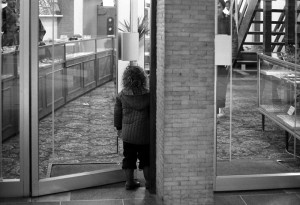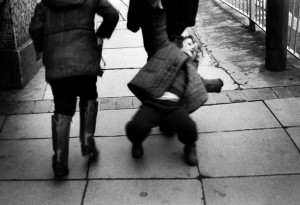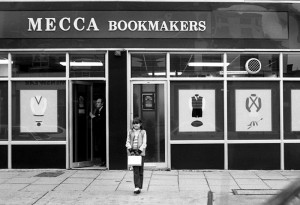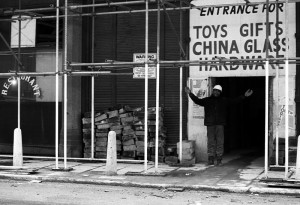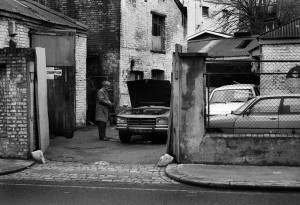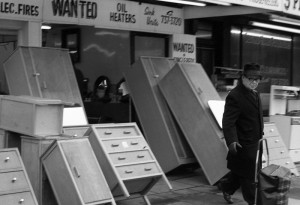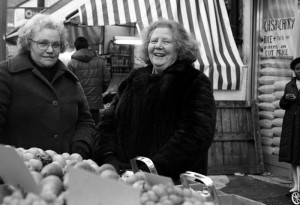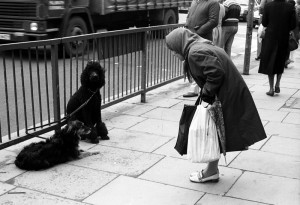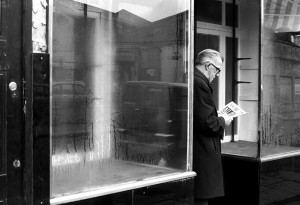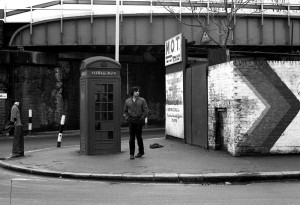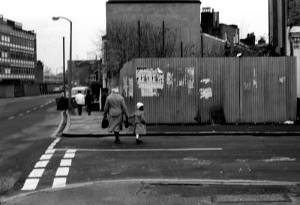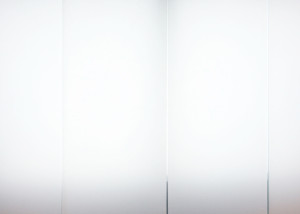Australian Boys.
I was looking at The Contemporary Australian Family Photographic Project presented by the Fier Institute (on Vimeo) when I was struck by an image of an Australian family with brothers. In fact I had a twinge that told me I knew these boys and that in fact I had photographed them before.
The black and white photograph was by Kevin Cooper and had brothers just a little older than brothers I had photographed. The boys in my photo would be men now and Cooper’s still boys, as he took his photograph within the last two years. I could see they weren’t the same boys…
But those T-shirts.
Yes, t-shirts. The sleeveless stripy t-shirt made me think of those boys and imagine for a second that another photographer had photographed them too. I had to dig out the photograph, I wanted them to be the same boys, I wanted some one to tell me how they are doing. I wanted someone else to know them too. Of course I knew they weren’t the same boys, they didn’t look the same, the family make up was different and of course Cooper had only recently photographed this family.
I don’t believe that photography steals your soul but I do believe photographs have power. I remember when I met the two boys and spent the day with the family. I remember what we did, what I felt, where we were. I would never in a million years have remembered what they wore. I don’t remember what I wore. And yet a photograph with a stripy sleeveless shirt instantly, takes me to these children as if I had taken the photograph yesterday. My memory of the photograph is strong and I am glad that I have photography to remind me of the details I have forgotten. This shirt triggered the memories that I have. Remembering the photograph didn’t delete or override the memories I made on that day it just became a convenient switch to bring them to the fore. I love that about photography. I wonder where these boys are today. I hope they are strong men, healthy and happy in their lives.
Note before viewing the images.
I photographed the boys with permission and even though the boys would still be young men I am including the following statement, out of an abundance of caution as I do not know their current whereabouts, to respect the customs of the boys and their family, should the worst have happened.
The following photographs may contain the names or images of people who are now deceased. (Some Aboriginal and Torres Strait Islander communities may be distressed by seeing the name, or image of a community member who has passed away.)
Photograph by Kevin Cooper https://vimeo.com/38479744 the photograph I am discussing is at the 5.00 mark
Photograph by Tanya Ahmed of Chungari aged 5 and Jabarula aged 9








